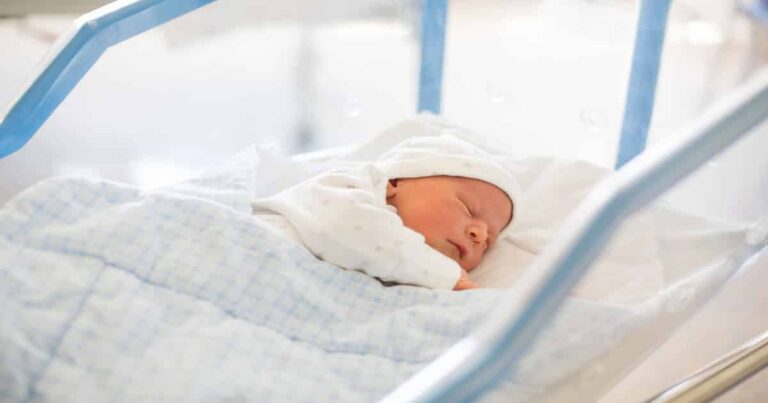The Science Behind Why Babies Do Somersaults in Your Belly Is Really Neat
One of the coolest (and weirdest!) parts of pregnancy is when the baby starts to move around. One day you feel this little pop or blip, and from that moment on, it’s like a party in your tummy. Towards the end of your pregnancy, when space has become an issue, the flips and turns can look and feel almost otherworldly. I suppose I always figured that my babies flipped around because they were trying to get comfortable and stretch their little arms and legs. But new research has shed some light on fetal movement, and honestly, it’s fascinating.

Image: Giphy
Doctors tell pregnant women to pay attention to fetal movement for a variety of reasons (especially in the final trimester).
But for the first time, researchers have discovered WHY babies move in utero. Spoiler alert: it’s not just to make us uncomfortable.
A new study in the journal Development says that all that movement in your belly is for a really good reason. Babies move in utero to develop strong bones and joints (that they then use to kick us right in the bladder, by I digress). By examining chick and mouse embryos, researchers were able to determine that the movement stimulates molecular interaction, helping the cells and tissues develop into functional and healthy joints and bones. Where the cells are inside the embryo determines if they’ll become bones or cartilage.
Isn’t that amazing?
Every little movement is a tiny point of development in your baby’s musculoskeletal system. And if there’s little or no movement? That could signal problems down the road, like brittle bones or abnormal joints.
Paula Murphy, a professor of zoology at Trinity College Dublin, co-led the study groundbreaking study. She says, “Our new findings show that in the absence of embryonic movement the cells that should form articular cartilage receive incorrect molecular signals, where one type of signal is lost while another inappropriate signal is activated in its place. In short, the cells receive the signal that says ‘make bone’ when they should receive the signal that says ‘make cartilage’.”
The little bean in your belly is making moves pretty much right from the start.
And each move is a big deal for their development. Still hurts and looks freaky towards the end, though. Even if it is good for them.
(Image: iStock / Saulich)




